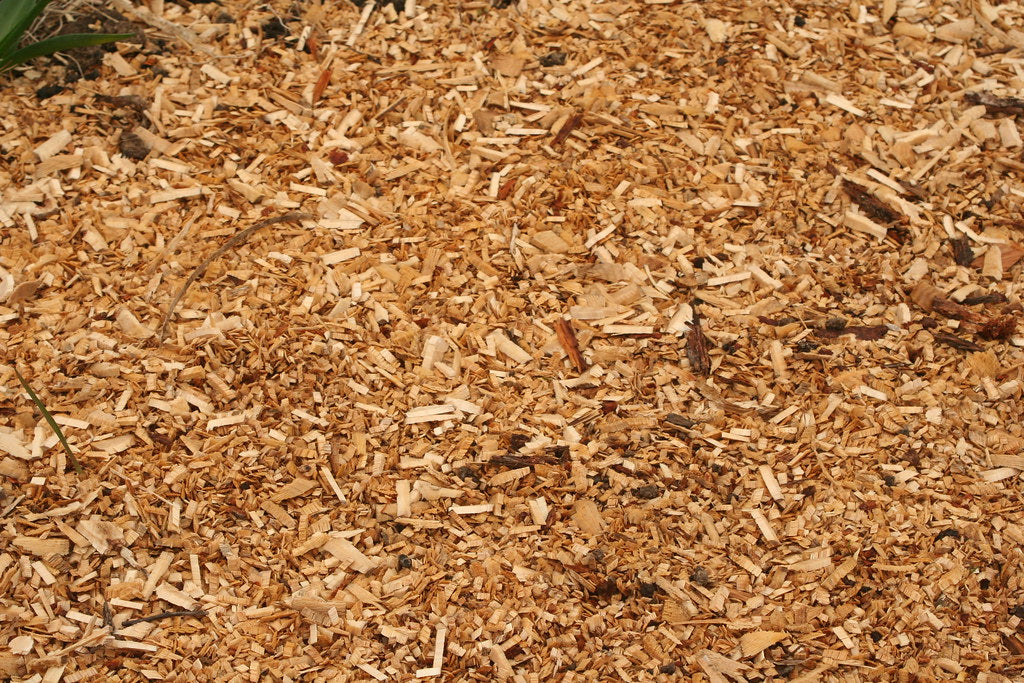
How to Make Wood Chips for Mulching: A Simple and Effective Guide
Share
Wood chippings, or BRF (ramial wood chips), are becoming increasingly popular in gardens. In addition to recycling green waste, they offer numerous benefits for soil and plants. But how do you make this chippings and use them effectively in your garden? Follow this guide to discover the simple steps.
Why Use Wood Chips?
Wood chippings are ideal for:
- Protect the soil against erosion and evaporation.
- Improve soil structure by aerating it and facilitating water circulation.
- Nourish the soil by enriching its biodiversity (fungi, micro-organisms).
What is the difference between Broyat and BRF?
- Wood chippings : Mixture of chipped wood (dead or living branches, hardwood or softwood).
- BRF : Specific mulch made from young, living branches, rich in nutrients.
All BRFs are shredded materials, but not all shredded materials are BRFs!
How to Make Wood Chips?
-
Choosing the right wood : You can use most types of wood, whether hardwood or softwood. Feel free to mix different species to avoid overdoing any one material.
-
Shred the wood : Use a wood chipper to reduce the branches to pieces.
- For a small garden , an electric shredder (2000 to 3000 watts) is suitable.
- For a large garden , a more powerful thermal shredder will be necessary.
-
Preparation of BRF : If you want BRF, grind hardwood branches (max diameter 7 cm) in autumn-winter, and spread it immediately after grinding.
Use the Chips as Mulch
-
Spread on the soil : Apply a 3 to 10 cm layer of chippings to the soil, especially under trees or around strawberry plants. This protects the soil, limits evaporation, and encourages microbial life.
-
Enrich the soil : The chippings can also be used as an amendment by being incorporated superficially into the soil in the fall, a period when there is no risk of it causing nitrogen deficiency.
The Benefits of Mulching with Chips
- Water savings : The mulch acts like a sponge, retaining moisture in the soil.
- Fertile soil : The decomposition of wood promotes the formation of rich, nutritious humus.
- Support for biodiversity : The chippings provide a habitat for soil organisms, thus stimulating the natural ecosystem.
In Conclusion
Wood chippings are a great way to recycle branches and boost your soil health while saving water and labor. Whether you use them as a simple mulch or to improve your soil, they're an eco-friendly and sustainable solution for maintaining a healthy garden.
